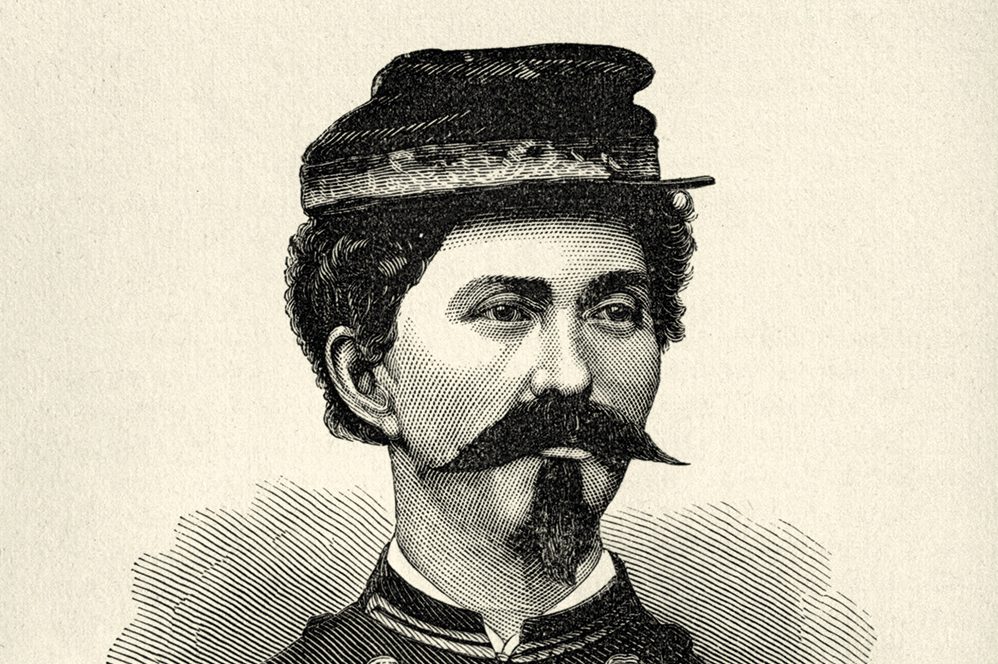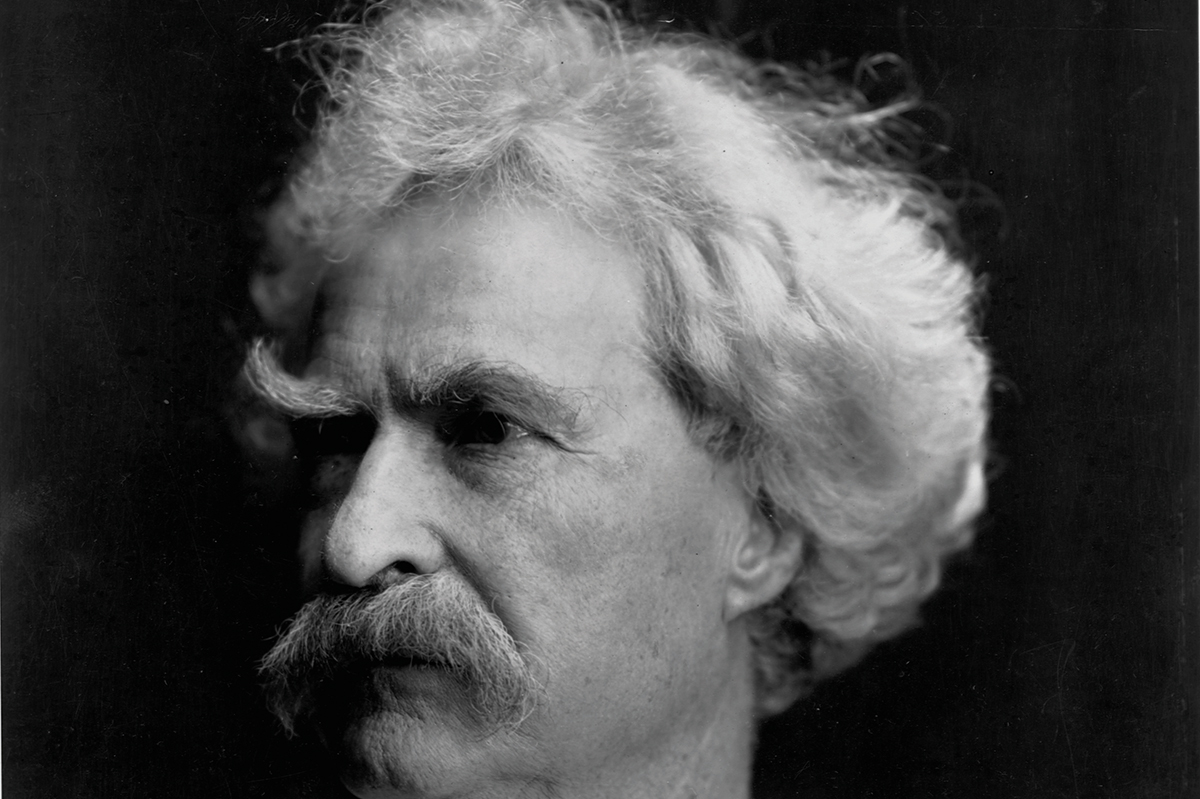Mention “Astor” to most people and you immediately conjure up tales of fabulous wealth, the sort of Gilded Age beauty and excess expressed to perfection in the paintings of John Singer Sargent. The family name became synonymous at times with luxury and good taste, at others with greed, power and extreme snobbishness. The founder of the dynasty, John Jacob Astor, was a German immigrant and one-time fur trader who came to America in 1783 after the Revolutionary War. His descendants swiftly capitalized on his substantial achievements, creating a Manhattan property empire of unrivaled wealth. There was also plenty of Astor philanthropy and involvement in political and cultural life along the way but then, in the early twenty-first century, came a fall from grace as dramatic as the rise.
The authors of this group biography have set themselves a vast challenge by aiming to discover not only how the Astors came to achieve their fabled status, but to explore what the name has connoted over the last two centuries. Inevitably, most of these stories have been told many times before; they are not always flattering. In their early days, the Astors took advantage of the thousands of desperate refugees from the savage Irish potato famine; as the authors record, “no matter how he felt about it, Will and his cousin John Jacob Astor IV were the city’s second biggest slum landlords, after Trinity Church.”
Anderson Cooper, co-author of this book, is a renowned broadcaster with an inside track to this story since his mother was a Vanderbilt, which makes him a member of one of the few families whose wealth rivaled the Astors’. As the introduction makes clear, the author is comfortable in this world and yet an observer of it. He recounts how, as a young man, he had a summer job waiting tables. One day he noticed the elderly Mrs. Brooke Astor, immensely rich widow of Vincent Astor, friend of his mother and, by then, the most famous Astor in the world. Thinking she would recognize him from previous encounters, he greeted her politely only to find she stared right past him.
Since it would be impossible to give equal attention to every Astor family member, the authors, while following a largely chronological path, have selected the most significant characters (or their estates) and then focused on well-known episodes. Inevitably this makes for some repetition, resulting in the occasional “as you know” — when they devote an entire chapter to the 1912 Titanic disaster, they remind us that “we have… met” passenger John Jacob IV “already” when he was living with his mother, Caroline Astor. (It was she whose ballroom famously only had room for 400 and whose all-powerful lieutenant, Ward McAllister, decided who was in and who was out of New York society — the famous “400.”)
By 1912 forty-seven-year-old John Jacob IV, newly married to eighteen-year-old Madeleine and head of what was left of the American Astors, was, we are told, “the one man on board who could give his wife the Titanic as a birthday present.”
But, before reaching the dramatic story of his drowning, there is a long section devoted to various film treatments of the shipwreck, including an account of a Nazi version ordered by Goebbels as a critique of capitalism. Useful historical background or padding? The reader must judge.
The chapter on Rokeby, the 728-acre estate bought in 1818 by William Backhouse Astor, son of John Jacob, when he married Margaret Armstrong, can almost be read as a stand-alone essay. There is certainly enough material in the story of the ten children who became known as “the Astor Orphans” for an entire book. So it’s not that it’s uninteresting, but it makes for an unevenly baggy account. For those wanting a whistlestop tour of the Astor dynasty, here it is. But in order to include such a vast cast of characters, each is often reduced to a few choice (and often familiar) anecdotes. The decision to include chapters about others with the Astor name who are not part of the dynasty, while arguably putting the vast wealth and privilege of their counterparts in context, adds to this unevenness — and the length.
The freshest and most tragic sections of the book concern the final days of the long-lived Brooke Astor, a socialite and philanthropist who died in 2007 aged 105 while suffering from Alzheimer’s disease. Her only child, a son from her first marriage, Anthony “Tony” Marshall, a former diplomat and decorated World War Two veteran who was — as he was often reminded — not an Astor, was sent to prison, convicted in 2009 of grand larceny and scheming to defraud his mother, as well as having been accused of elder abuse and withholding care. During his five-month trial prosecutors revealed that Tony’s methods were both as simple as taking artwork off his mother’s walls to sell for personal gain and as complex as getting her to change her will to give him millions of dollars that had been destined for charity.
The charges were set in motion by Philip Marshall — Tony’s son, Brooke’s grandson — and the revelation that Tony Marshall defrauded his own mother of millions of dollars and allowed her to live in appalling squalor at the end of her life powerfully overshadows earlier Astor excesses. The authors open this chapter with an image of the eighty-nine-year-old Marshall in 2013, desperately ill in a prison hospital with three parole board members standing over him trying to decide if he was medically fit to serve his sentence or should be granted compassionate parole. He was granted parole but, unable to walk unaided or lead any independent life, died at ninety the following year, his disgrace and shame having made lurid headlines for many months.
Tolstoy famously wrote about families and their many ways of showing unhappiness, but the Astors were neither properly unhappy nor really eccentric. The story of John Armstrong Chaloner, one of the Astor orphans, who was taken into an asylum with a loaded gun, is pitiful rather than frightening. After a romantic and disastrous marriage to the novelist Amélie Rives, his declining years were marked by increasing insanity and high drama. In the end he shot and killed the husband of an abused wife who had taken refuge in his home.
At the height of their glory, when New York’s Waldorf-Astoria hotel opened in 1893 as the ultimate symbol of the Gilded Age, it seemed as if the Astors had established the notion that the true arbiter of status in American society was money. But the other adage — that money certainly does not buy happiness — is even more firmly established. Nowhere is that clearer than in the case of William Waldorf Astor, nephew of Caroline, who came to England in 1891. An austere personality convinced of his superior intellect and status, he renounced his American citizenship, buying first a magnificent London town house and then the estate of Cliveden in Buckinghamshire. He lavished money on hospitals, universities and various charities in Britain hoping for a peerage. In 1906 he bought the historic Hever Castle in Kent, former home of Anne Boleyn, but the British, according to this book, viewed him as “the worst kind of arriviste” in spite of his considerable philanthropy.
Eventually he was elevated to the peerage but, the authors conclude, “no matter how high and mighty he rose, no matter how fine his homes and his fabrics, William Waldorf Astor couldn’t shake off the stench of bloody fur.”
The book’s chatty style makes for a very readable page-turner, but some infelicities nonetheless grate — “Yes, she actually said that,” or the exclamation: “Ouch!” Does it help to describe a pre-war meeting in Switzerland as a “twentieth-century equivalent to Netflix and chill?” There is a fine, perceptive book to be written about the Astors and their influence in American history, but, although this will undoubtedly be a bestseller thanks to Cooper’s celebrity, this assuredly diverting account is not it.
This article was originally published in The Spectator’s October 2023 World edition.

























